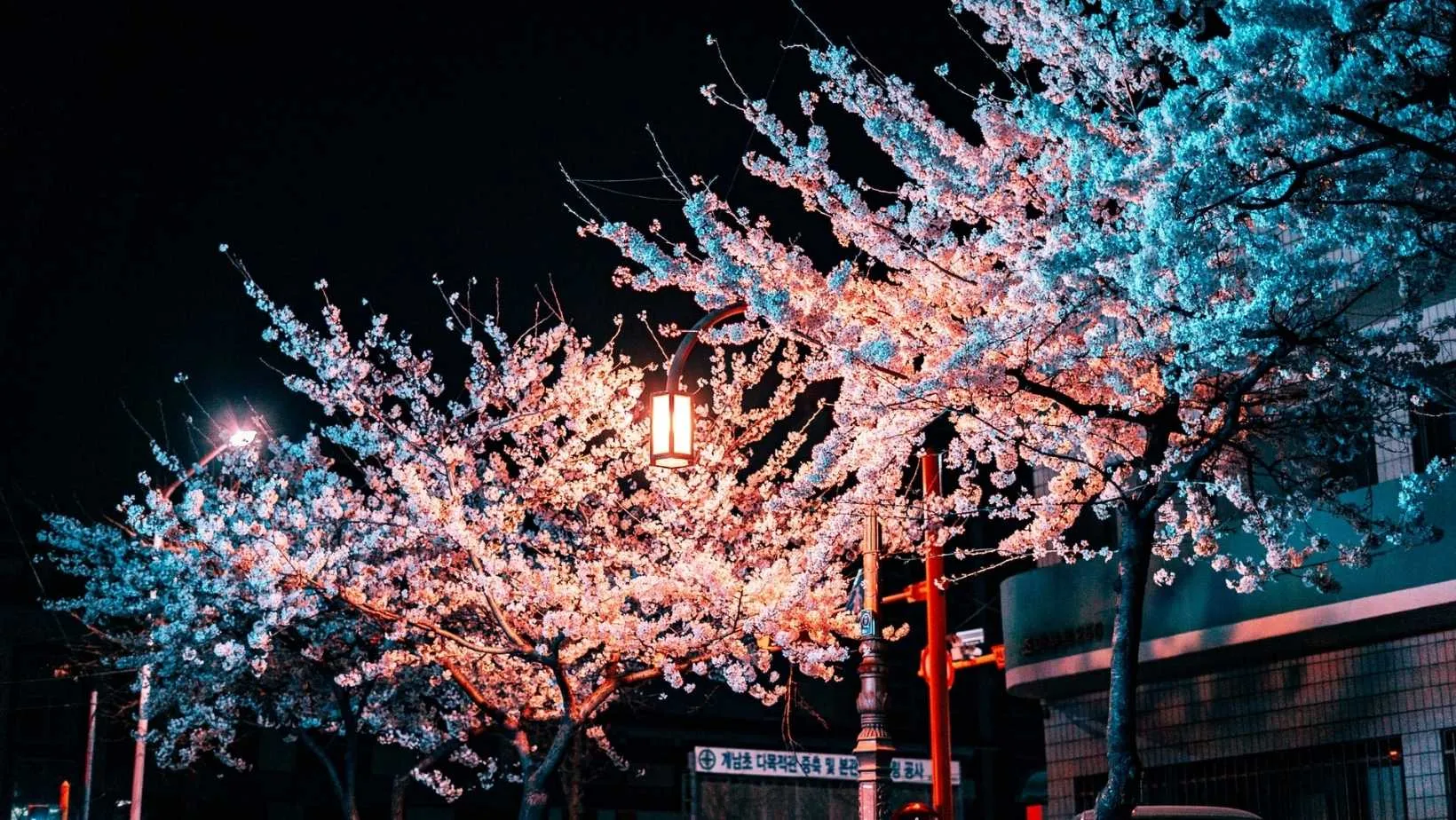When is the best time to visit South Korea?
Last Updated On December 02, 2022
Last Updated On December 02, 2022
If you want to witness the brilliant pink of the cherry blossoms in bloom, visit South Korea between March and May. We recommend visiting between September and November to experience the landscapes come alive as the leaves change in the cooler temperatures. Temperatures are normally mild and ideal for outdoor activities during these hours.

Photo by Daniel Bernard on Unsplash
The months of June, July, and August are ideal for hiking, although the weather is hot and humid away from the mountains.
Winters in South Korea are very cold, therefore we recommend avoiding visits in December, January, and February.
When arranging your journey, remember to factor in local holidays. The first day of the lunar month is the Korean New Year, while the 15th day of the eighth lunar month is Chuseok. Many residents travel to their rural hometowns to celebrate during these holidays, and many businesses are closed.
Unlike many other Asian countries, South Korean weather is clear and straightforward. The country has relatively minor regional differences, and the year is divided into four distinct seasons.
There is a lovely spring (April to June), a humid and wet summer (July to August), a lovely autumn (September to November), and a bitterly cold, snowy, but dry winter (December to February).
South Korea's altitudinous core and warmer but windier coastline account for most regional temperature variances.
Spring (April to June)
Spring progressively moves from south to north in South Korea. The season of spring lasts from March until May. The weather is cool, pleasant, and occasionally sunny throughout this season. You can enjoy the famed Cherry Blossom Marathon and Gunhangje Festival in Gyeongju and Jinhae.
Summer (July to August)
Summer in South Korea may be brutal. From July to August, expect scorching temperatures, summer sun, and a lot of rain - after all, monsoon season. But don't be deceived if you believe you can handle it. South Korea is filled with beautiful parks and beaches, which are great for a hot summer day. And nothing beats ice-cold delights like Naengmyeon and Patbingsu to keep you cool.
Autumn (September to November)
In Autumn, comfortable temps, light rain, and breathtaking natural scenery. It is another popular time to visit South Korea. From September to November, the weather gradually cools, but it's still warm enough to explore. The season gives modern city streets a natural glow and provides the most brilliant backdrop to age-old temples and ruins.
Winter (December to February)
The Korean winter is lengthy and cold, with the influence of the Siberian weather system becoming more evident as one travels north. The lengthy winter, which lasts from December through March, is freezing but reasonably dry and undoubtedly lovely. Crisp, white snow can be expected, providing beautiful views away from the maddening crowd of spring. Winter sports fans can enjoy skiing and snowboarding in ski resorts in Gyeonggi-do Province and Gangwon-do, which receives more snow than average each year.
Typically, tickets from June to August are significantly less expensive. It is not peak season at this time of year. Also, because it's summer, the rainy season has arrived, and there's less to do in Korea when it rains.
July is the hottest month in South Korea. Although the milder weather, July is not a good month to visit Korea. The first month of actual summer brings uncomfortably high temperatures and sticky humidity. In Korea, July is the wettest month of the year. The East Asian Monsoon, which drenches the peninsula completely, is to blame for the excessive rain. The end of the month also marks the start of the typhoon season in the region.
January is the coldest month in South Korea. Despite the colder temperatures, January is not a bad time to visit South Korea. January is one of the year's driest months. The frequent sunny sky creates a strong case for braving the sub-zero weather. January is an excellent time to spend outdoors because there are fewer tourists.